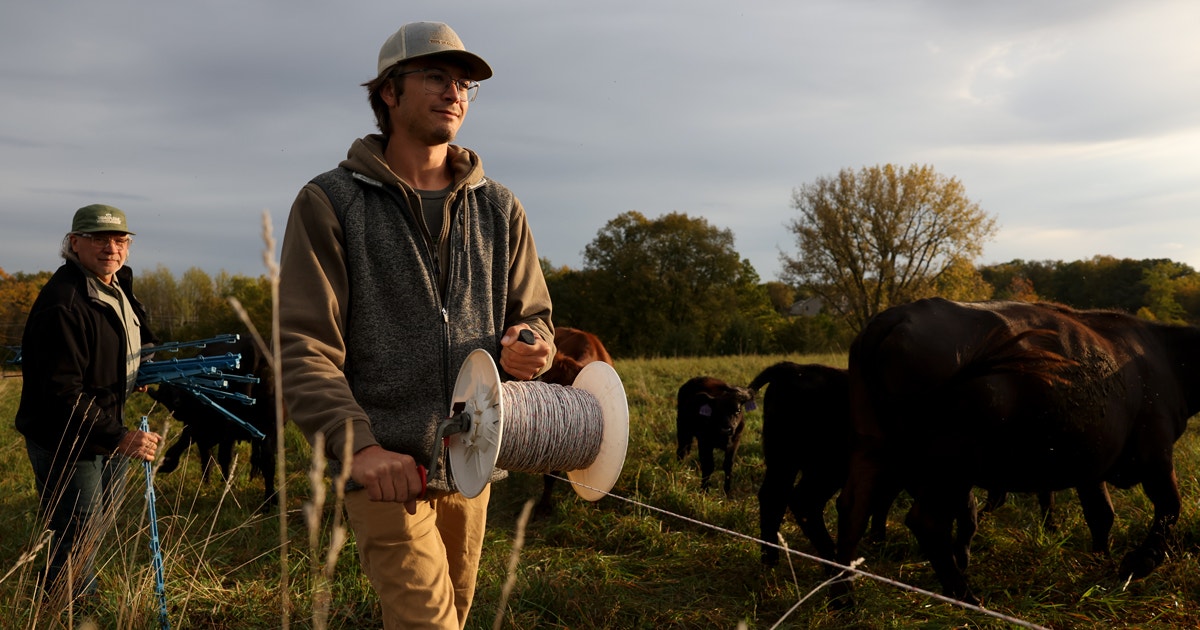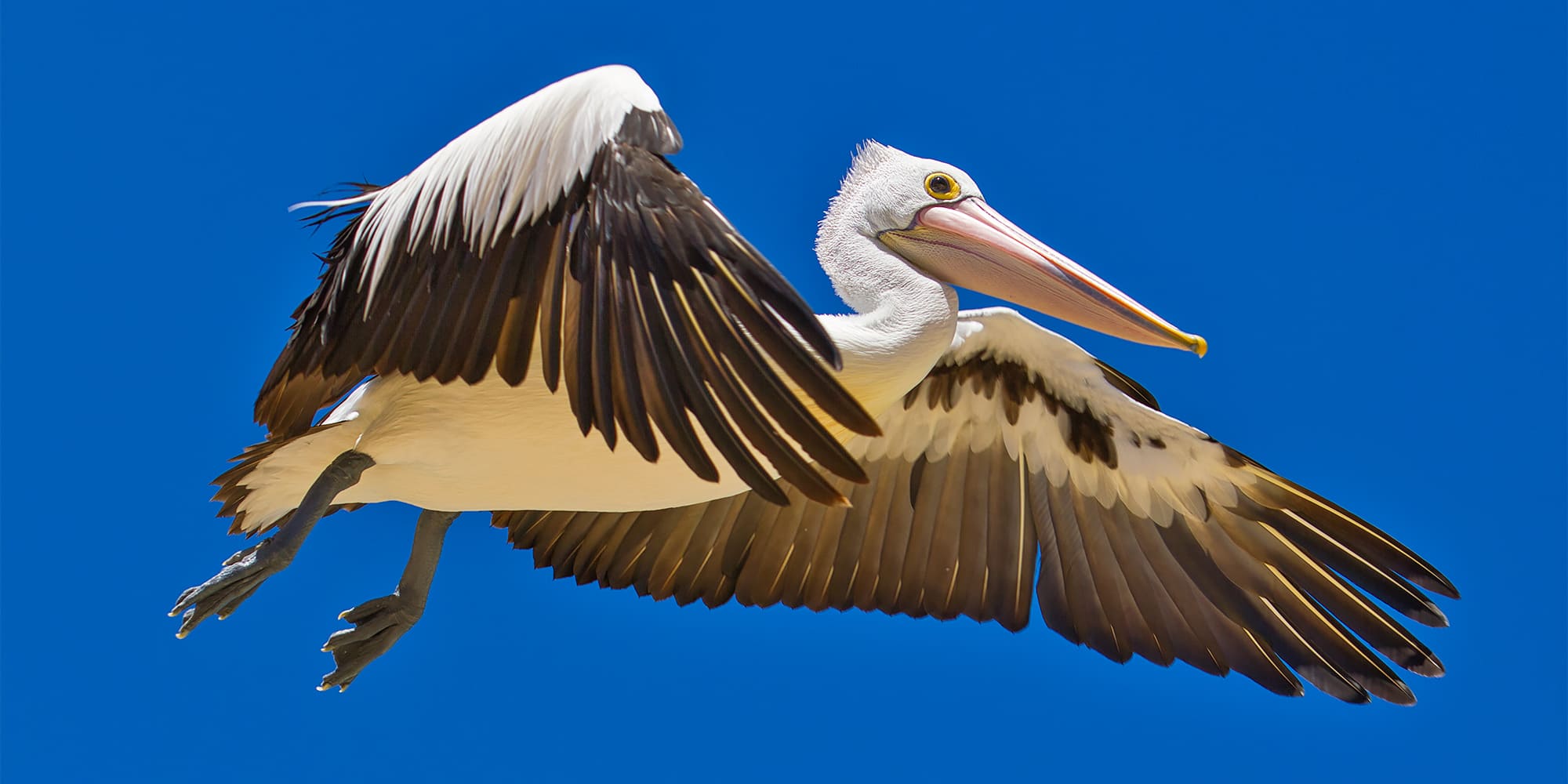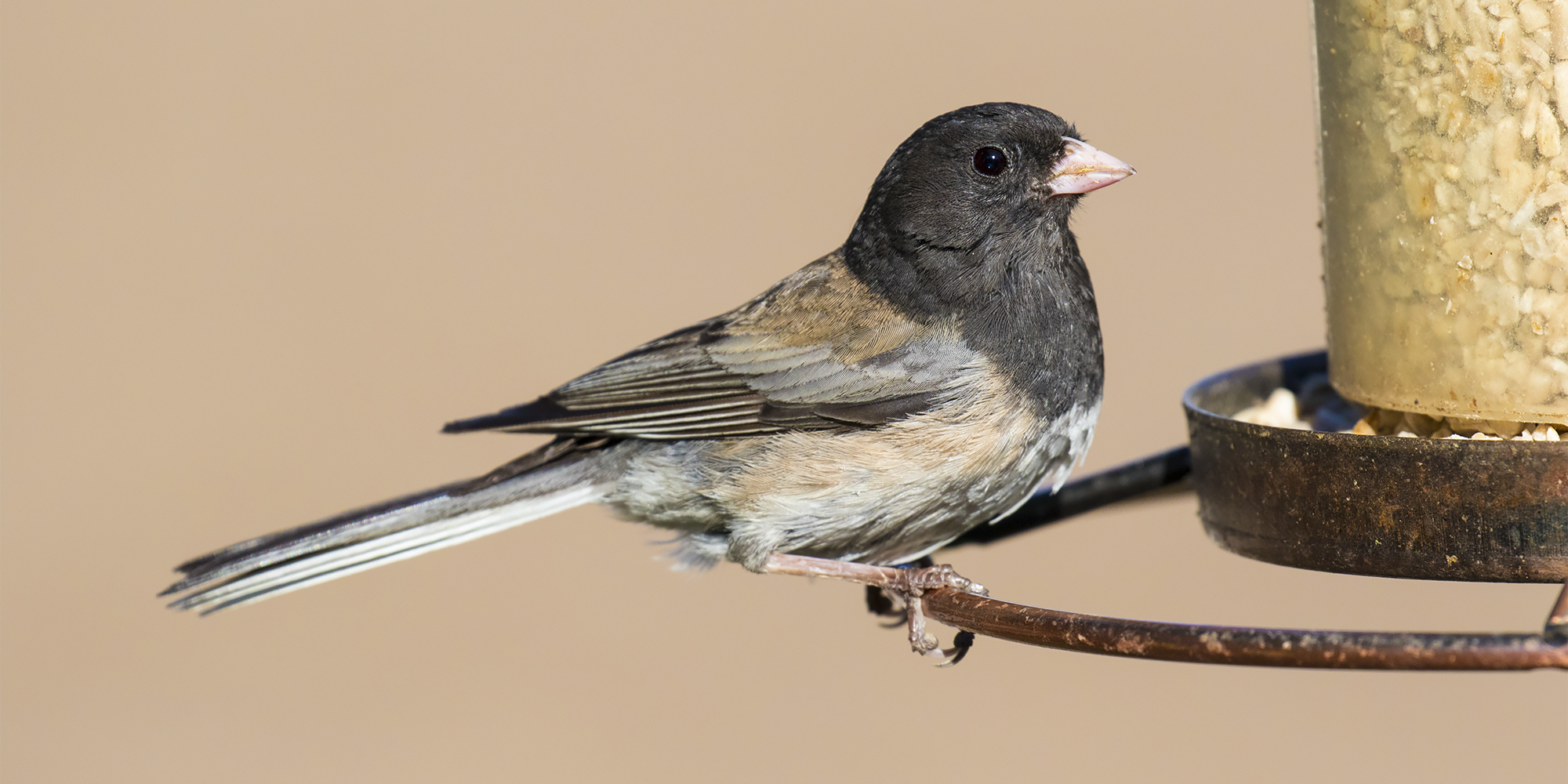To Develop Grassland Habitat, Conservationists Attempt a New Incentive: Cash for Birds
Matt Maier was glad to depart behind the mounted chores of a family farm to evaluation enterprise, not agriculture, in school. Nonetheless a number of a few years later, when Maier had kids of his private, a dream of elevating them on the land took root. So he bought 120 acres of degraded land beside his mom and father’ Minnesota parcel and, in 2003, began grazing cattle.
Since he’d left, however, “points had modified pretty dramatically,” he says. Totally different small livestock farms had been gone, modified by corn and soy. The fireflies Maier remembered bottling on summer season season nights had vanished.
So it goes all through the heartland. In america and Canada, growers plow up spherical 2 million acres of prairie yearly to plant row crops. Birds have vanished, too. With a lot much less nesting habitat, grassland species have suffered the steepest declines amongst North American birds.
The overwhelming majority of what stays is privately owned. To order it, a variety of conservation functions goal to help livestock producers whose practices reinvigorate grassland ecosystems. In rotational grazing, as an example, ranchers divide their land into paddocks and cycle cattle between them. As grass regrows throughout the areas with out cattle, a variety of habitats emerge to help varied species—tall improvement for nesting Grasshopper Sparrows and additional not too way back grazed patches for Horned Larks and Prolonged-Billed Curlews. “We really want to help these ranchers carry on the land,” says Maggi Sliwinski, a rangeland ecologist who works with ranchers in Canada. “They’re these sustaining the grasslands grass.”
Since 2017 Audubon’s Conservation Ranching program has zeroed in on livestock as a lifeline to birds all through some 2.8 million acres and counting. Members who deal with habitat in bird-friendly vogue can earn a seal that helps market their merchandise to customers. Dave Haubein, whose Missouri operation was the first to be licensed, says regenerative grazing moreover yields richer beef from extra wholesome animals. “It’s reworked this ranch,” he says.
This technique’s newest half, funded by a $2.5 million USDA grant, targets to unfold these benefits. Dubbed Grazing the Bar, the five-year pilot endeavor affords Midwest farmers a sexy incentive: chilly, laborious cash if Audubon scientists uncover Grasshopper Sparrows, Upland Sandpipers, or totally different priority species on their property. Audubon might even decrease checks for producers who undertake USDA conservation practices akin to prescribed burning. The co-op Pure Valley, within the meantime, will help gauge the bird-friendliness of pure, grass-fed dairies.
The companions will see which strategies create the biggest affect, then develop them to further states. Their hope is to permit farmers to let grass develop on land that may in some other case generate further worthwhile crops. “We’re on this mindset with American agriculture that every acre counts,” says rancher and Audubon grassland ecologist Ashly Steinke.
In Minnesota, the 1,000 acres Maier has restored now teem with grassland birds, he says, and his farm is on monitor for Audubon certification by the tip of 2024. As he sees it, reviving the prairie is an opportunity to honor his mom and father. “Everyone talked about that they had been crazy for getting this land because of it wasn’t very suited to grain manufacturing,” he says. “A know-how later, it’s good for grazing. And for wildlife. And for rebuilding.”
This story initially ran throughout the Winter 2024 concern as “Cash for Birds.” To acquire our print journal, develop to be a member by making a donation within the current day.





Post Comment